Birds have long captured the imagination of humans with their vibrant colors, melodious songs, and fascinating behaviors.
In Missouri, birdwatching is a popular hobby enjoyed by people of all ages and backgrounds.
From the majestic bald eagle to the tiny hummingbird, Missouri is home to a diverse range of bird species.
In this article, we will explore 14 of the most common birds in Missouri, from the playful blue jay to the graceful great blue heron.
So, get ready to spread your wings and take flight into the world of Missouri’s feathered friends!
| Image | Bird | Features | Price |
|---|---|---|---|
 |
| 9.7 | Check Price |
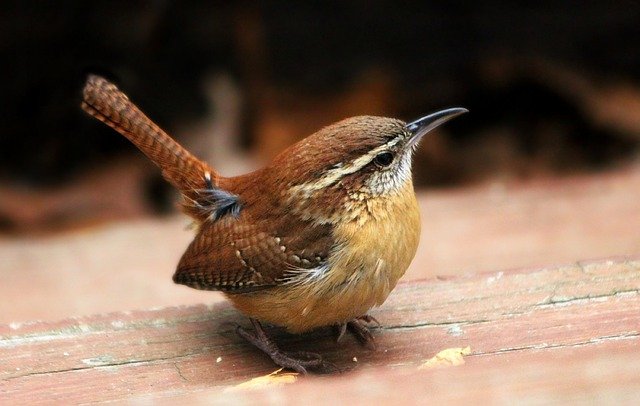 |
| 9.5 | Check Price |
 |
| 9.1 | Check Price |
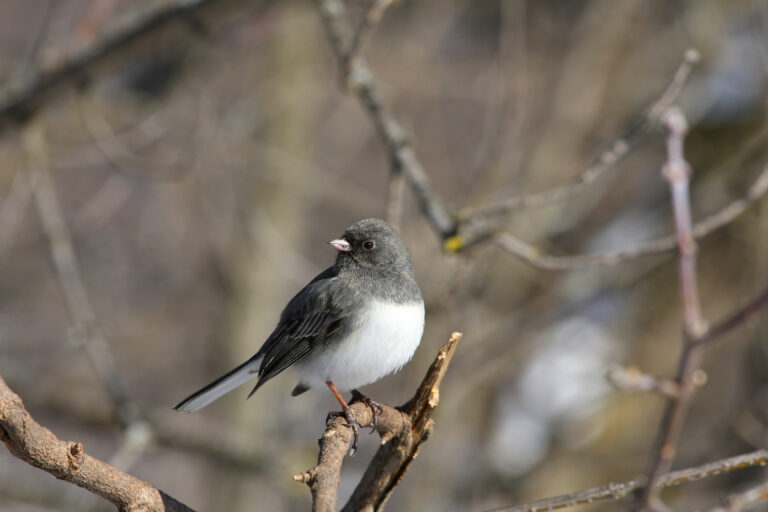 |
| 8.8 | Check Price |
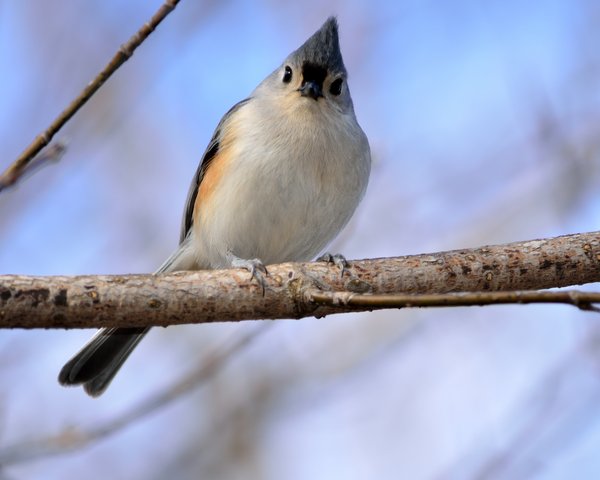 |
| 8.6 | Check Price |
 |
| 8.2 | Check Price |
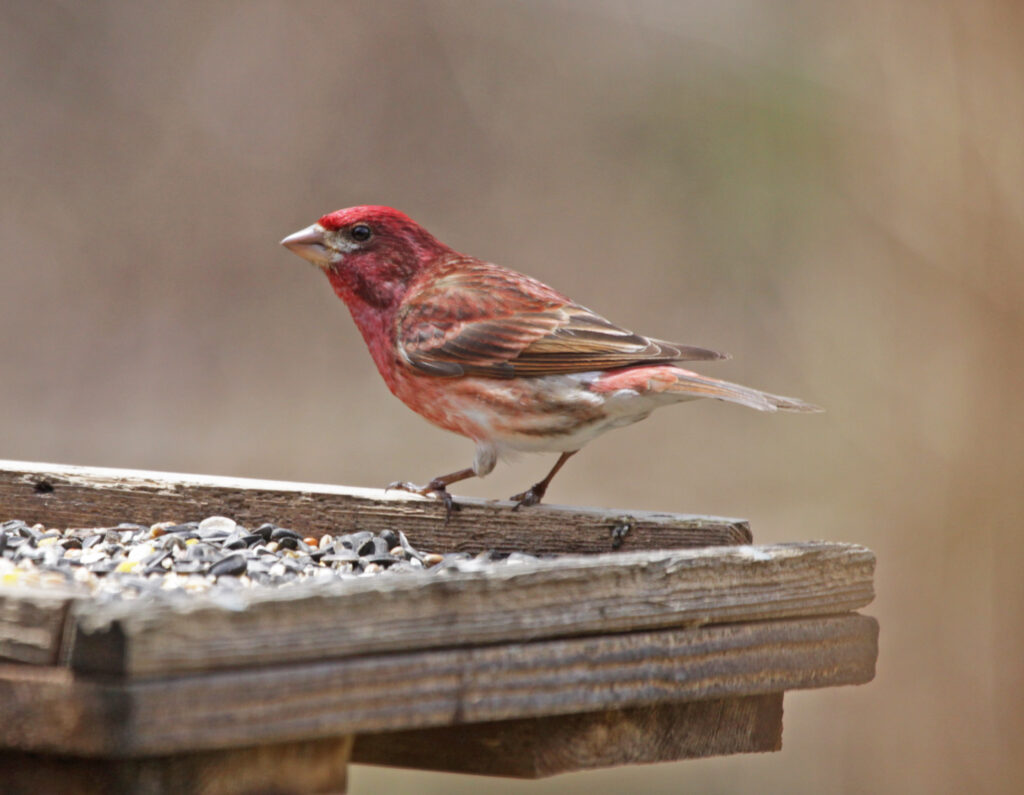 |
| 8 | Check Price |
 |
| 7.7 | Check Price |
 |
| 7.4 | Check Price |
 |
| 7.2 | Check Price |
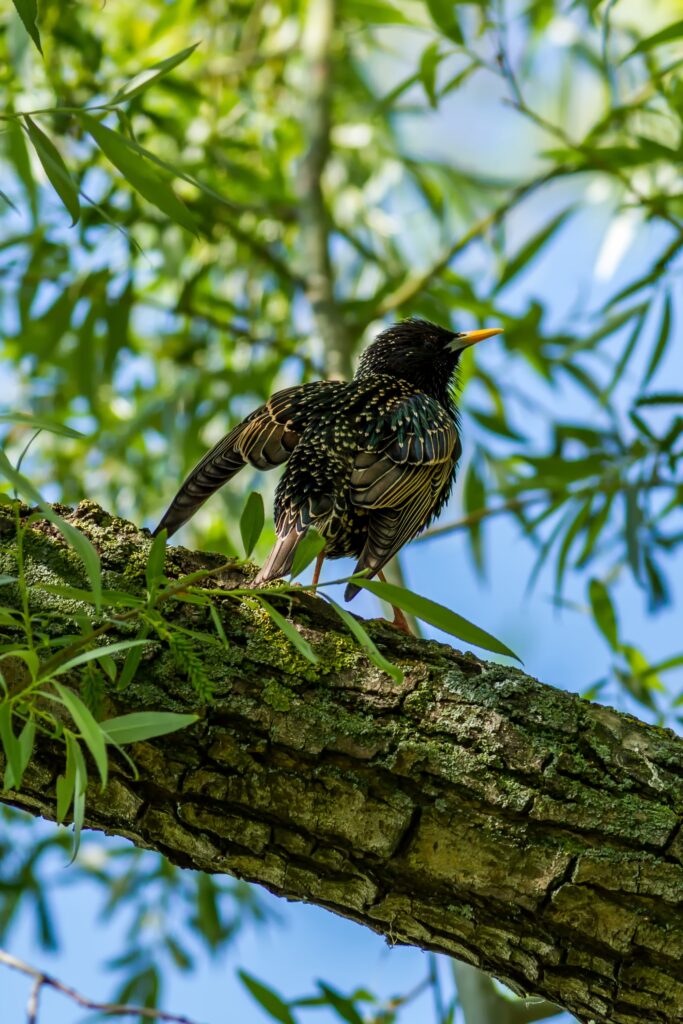 |
| 9.5 | Check Price |
 |
| 9.5 | Check Price |
 |
| 9.5 | Check Price |
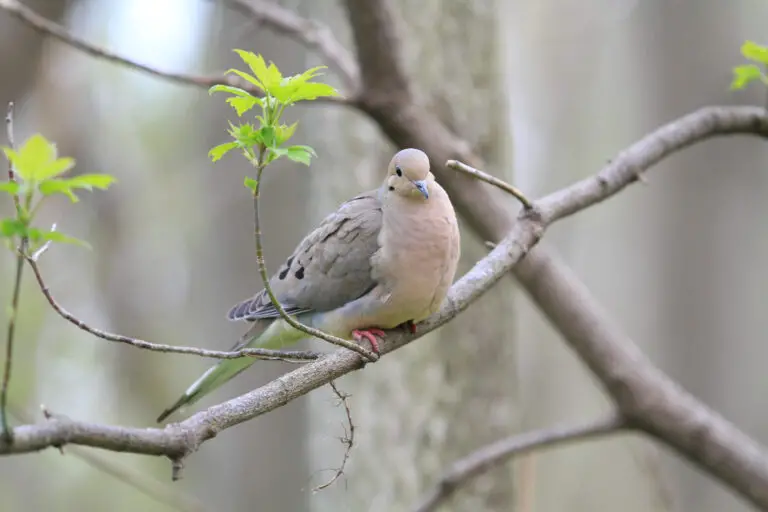 |
| 9.5 | Check Price |
If you don’t have the time to read the whole article, check out this video for a quick understanding.
Common Birds in Missouri
1. White-throated Sparrow

The brown backs and long brown tails of White-throated Sparrows (Zonotrichia albicollis) are accented by minute black-and-white edging.
They have a grey and white breast and underbelly with white coloring in the center and grey coloration on the sides and up to just below the chin like a collar.
These birds have grey on the bottom part of their faces with white beneath the bill to the chin and a big white eyebrow mark that turns yellow towards the beak and has a black line underneath it.
These birds also wear a skunk’s hat, which has a central white stripe on top and black below.
These birds have short, slightly curved silver bills, and if you encounter any White-throated Sparrows with brown and white on top, you’ve just seen a Tan-striped type of White-throated Sparrow.
These birds have wingspans of 7.9 to 9.1 inches and measure 6.3 – 7.1 inches from tip to tail.
When the weather is warm, the White-throated Sparrow can be found within or near forests, as well as around bogs and ponds.
While they may still visit, the best chances for backyard visits are during the winter, when they roam around parks and backyards.
Proso millet white and sunflower seeds are both favorites of this bird so if you notice any White-throated Sparrows around put one or the other out.
If it piques their interest, they may begin to spend more time in your backyard.
Below are the characteristics of the White-throated Sparrow,
| Scientific Name | Zonotrichia albicollis |
| Family Name | Emberizidae |
| Length | 6.25 – 7 inches |
| Weight | 0.7 – 1.0 oz |
| Wingspan | 7.5 – 8.75 inches |
| Habitat | Northern forests, scrublands, and suburban areas |
| Food | Seeds, insects, and fruits |
2. Carolina Wren

Carolina Wrens (Thryothorus ludovicianus) have rust-brown backs and medium-sized tails with minute black and white squares edging the wings and tails.
These birds have yellow-orange breasts and underbelly and a white chin and cheeks with some black underlying the eye below and a big eyebrow mark above.
This bird is rust-brown from the eye back to the top of the head, with a medium-length slightly curved black beak.
These birds range in size from 4.7 to 5.5 inches in length, with wingspans of 11.4 inches.
When these birds are hungry they frequently brush heaps although they are more often bramble and shrub birds that use the thick foliage to shield them when foraging.
Suet and peanuts are the finest feeder foods for bringing the Carolina Wren in for a backyard visit.
These are two of their most beloved items.
Below are the characteristics of the Carolina Wren,
| Scientific Name | Thryothorus ludovicianus |
| Family Name | Troglodytidae |
| Length | 4.9 – 5.5 inches |
| Weight | 0.3 – 0.4 oz |
| Wingspan | 11 inches |
| Habitat | Woodlands, thickets, and suburban areas |
| Food | Insects, spiders, and seeds |
3. Northern Flicker

Northern Flickers (Colaptes auratus) have incredible markings which are understandable given that they are woodpeckers.
Their backs are grey to brown and their wings are grey with mottled black patterns of lines and dots as well as long flared grey and black tails.
The tails are orange on the underside towards the rump with a black border and the wings are red or yellow depending on whether you are in the west or east.
This bird’s breast and underside are white and light grey with black spots and there’s a prominent black crescent mark right below the throat.
There is a color split in the face in the center of the eye with brown on top and light grey or brown below.
From the bill, a crimson stripe spans the cheek and the eye seems to be outlined.
The beak of this bird is largely black and slightly curled.
The length of these birds ranges from 11 to 12.2 inches with wingspans of 16.5 to 20.1 inches.
These birds prefer open spaces like the border of the forest, fields, and backyards.
When hunting for one keep in mind that these cunning Woodpeckers like to forage on the ground.
Northern Flickers prefer to eat ants however they do occasionally consume fruit and seeds to mix things up.
Try a little bit of everything by filling a ground feeder with peanuts and Black Oil Sunflower seeds for the greatest results.
Below are the characteristics of the Northern Flicker,
| Scientific Name | Colaptes auratus |
| Family Name | Picidae |
| Length | 11 – 14 inches |
| Weight | 3.9 – 5.6 oz |
| Wingspan | 16 – 21 inches |
| Habitat | Forests, woodlands, and suburban areas |
| Food | Insects, fruits, and seeds |
4. Dark-eyed Junco

While there are minor regional variations, the Dark-eyed Junco (Junco hyemalis) back, and long tail are all brown or dark grey.
The center of the breast will be white but it will be bordered by the upper body color and the underbelly and underside of the tail will be completely white.
This bird has a short thick pink beak and a dark grey or brown face.
These birds are between 5.5 and 6.3 inches long with wingspans ranging from 7.1 to 9.8 inches.
Dark-eyed Juncos spend the majority of their time in coniferous woods throughout the summer however they will occasionally venture out into open areas.
When it comes to foraging fields and backyards are all fair game so keep a lookout throughout the year and you could just receive a visit.
Set up a ground feeder with cracked corn and hulled Black Oil Sunflower seeds and any passing Juncos will be delighted.
Below are the characteristics of the Dark-eyed Junco,
| Scientific Name | Junco hyemalis |
| Family Name | Passerellidae |
| Length | 5 – 6.5 inches |
| Weight | 0.5 – 0.8 oz |
| Wingspan | 7.5 – 9 inches |
| Habitat | Forests, woodlands, and suburban areas |
| Food | Seeds, insects, and fruits |
5. Tufted Titmouse

The Tufted Titmouse (Baeolophus bicolor) back and medium-length somewhat rounded tail is all a beautiful gray-blue.
The breast and underside are white with a light peach bordering on the sides and this bird has a lovely blue-gray crest that starts at the top of the head and goes down the neck giving the eyes a broad outline.
The bottom half of the bird’s face is white, and it has a distinctive black square over its small slightly curved black beak.
The length of these birds ranges from 5.5 to 6.3 inches with wingspans ranging from 7.9 to 10.2 inches.
These birds are found in both evergreen and deciduous forests but they also visit parks and backyards with well-stocked feeders.
A Tufted Titmouse will eat a variety of foods. You may give those peanuts or Black Oil Sunflower seeds to name a couple of options.
After a few repeat visits, you may always switch things around to see if you can figure out what they like.
Below are the characteristics of the Tufted Titmouse,
| Scientific Name | Baeolophus bicolor |
| Family Name | Paridae |
| Length | 5.5 – 6.5 inches |
| Weight | 0.6 – 0.7 oz |
| Wingspan | 7 – 9 inches |
| Habitat | Forests, woodlands, and suburban areas |
| Food | Insects, seeds, and nuts |
6. Blue-gray Gnatcatcher

The Blue-Gray Gnatcatcher (Polioptila caerulea) resembles a cartoon bird in appearance.
This bird has a blue-gray back and short wings with black highlighting at the tips as well as a medium-length tail that is black on top and white below.
This bird’s breast and underside are snow-white, and the white extends upward till just beyond the eye then moves levelly over the face to the back of the neck and is visible in front of the wings.
The upper half of this bird’s face is blue-gray with a thick black brow mark that gives him an angry appearance.
This bird has a white eyeing and a slender medium-length straight beak.
These little birds are between 3.9 and 4.3 inches long and have a wingspan of around 6.3 inches.
These birds spend their time in deciduous woods on the edges of them and anywhere there is dense foliage for cover.
If you have some bushes in your garden, you’ll have a better chance of getting a visit since they help these birds feel secure.
Because these birds like to catch their food live you may not have much luck with the feeder.
However, you might try dried mealworms, and if they notice you could get a feeder visit.
Below are the characteristics of the Blue-gray Gnatcatcher,
| Scientific Name | Polioptila caerulea |
| Family Name | Polioptilidae |
| Length | 4 – 4.5 inches |
| Weight | 0.2 – 0.3 oz |
| Wingspan | 6.5 inches |
| Habitat | Woodlands, thickets, and suburban areas |
| Food | Insects and spiders |
7. Purple Finch

With brown wings that are raspberry-stained and accentuated at the shoulders with some minute white edging, the male Purple Finch (Haemorhous purpureus) is simple to spot and extremely attractive.
They feature short grey tails with white tips as well as white breasts and undersides with raspberry streaks.
This striping is more prominent at the breast and gradually fades as the coloring moves down the underbelly.
You’ll note that this bird’s face is totally raspberry from the throat up although certain markings are a deeper hue.
This usually appears as a darker raspberry with a thin stripe running down the middle of the head a line on the lower face defining the cheek and a raspberry mask that curves downward after crossing the eyes.
Females on the other hand lack the raspberry color and have heavier streaking at the breast a lighter eye stripe and a black line that runs down the throat.
The bills of these birds are big and conical grey with a splash of black on the top part of the beak.
The length of these lovely little birds ranges from 4.7 to 6.3 inches with a wingspan of 8.7 to 10.2 inches.
Coniferous trees are their preferred habitat with deciduous trees coming in second.
They will occasionally visit parks and this frequency rises in the winter when they will also go into fields and their backyard excursions will become much more frequent as they search for food.
When it comes to the usual feeder arrangement the Purple Finch is very easy to please liking Black Oil Sunflower seeds the most.
This bird’s favorite food so make sure to leave enough out to attract their interest.
Below are the characteristics of the Purple Finch,
| Scientific Name | Haemorhous purpureus |
| Family Name | Fringillidae |
| Length | 5.5 – 6.5 inches |
| Weight | 0.9 – 1.1 oz |
| Wingspan | 10 – 11 inches |
| Habitat | Forests, woodlands, and suburban areas |
| Food | Seeds, fruits, and insects |
8. Brown-headed Cowbird

From a distance, the Brown-headed Cowbird (Molothrus ater) resembles a Blackbird but closer inspection reveals a subtle difference.
While the male Cowbird has totally black back long black wings a short black tail and a brown underside the female Cowbird has a brown head.
The bill is short and thick in appearance.
Female Cowbirds on the other hand are entirely brown with a light brown head and underside as well as some striping on the underbelly.
The length of these birds ranges from 7.5 to 8.7 inches with wingspans of 12.6 to 15 inches.
Cowbirds prefer open habitats and prefer to feed on the ground however they also appreciate tall limbs for scanning.
These birds have a terrible reputation for stealing and devouring other birds’ eggs.
These birds prefer insects and grains so try offering some chopped apples and White Proso millet to get one closer.
To increase your chances, use a ground feeder.
Below are the characteristics of the Brown-headed Cowbird,
| Scientific Name | Molothrus ater |
| Family Name | Icteridae |
| Length | 7 – 8 inches |
| Weight | 1.2 – 1.8 oz |
| Wingspan | 14 – 17 inches |
| Habitat | Open fields, pastures, and forest edges |
| Food | Seeds and insects |
9. Downy Woodpecker

Do you enjoy woodpeckers but think they’re a touch too big in general? Try to identify one of these then.
Downy Woodpeckers (Dryobates pubescens) have white backs and black wings with white blocks and dots across them making them easy to detect.
This gives the wings a checkered appearance, and the bird has a short black tail with white undersides and outside feathers.
This bird’s breast and underside are snow-white with only a black mustache a mask band that runs from the front of the eye to the rear of the head and a black cap to break up the whiteness.
This hat has a prominent red patch at the rear of the head in men.
The beak of this bird is tiny and slender and it is black.
These mini-Woodpeckers are just 5.5–6.7 inches long with wingspans ranging from 9.8 to 11.8 inches.
Look for these birds in meadows or at the forest’s edge since they like open woodland settings.
They also like locations with a thick brush or untended weed and they frequent parks and backyards when they range out.
Suet is preferred by these birds but if you don’t have any peanuts, White Proso millet will suffice.
Hummingbird feeders are reported to be a favorite of theirs for a little sugar water. Satisfy this little bird’s sweet hunger.
Below are the characteristics of the Downy Woodpecker,
| Scientific Name | Dryobates pubescens |
| Family Name | Picidae |
| Length | 5.5 – 6.7 inches |
| Weight | 0.7 – 1 oz |
| Wingspan | 9.8 – 11.8 inches |
| Habitat | Forests, woodlands, and suburban areas |
| Food | Insects, fruits, and seeds |
10. Lapland Longspur

Lapland Longspurs (Calcarius lapponicus) are beautiful yet they appear strange the first time you see them.
They have a white back and tail but black or dark brown striping on the back and shoulders which continues down the wings but not on the short gray-to-brown tail.
The breast and underside of these birds are white with a little bit of black or brown striping bordering the white.
The backs of these birds’ necks are rusty-red and they have a tiny black cap and a mostly-black face with black coloring starting at the mid-eye level and framing the cheek as it goes to the base of the throat.
These birds have short thick yellow bills and the remaining middle section of their face is white.
These birds molt and replace their plumage with light in the winter, but they will still have the fundamental facial pattern and should be recognized.
The length of these birds ranges from 5.9 to 6.3 inches with wingspans ranging from 8.7 to 11.4 inches.
These birds do not mind being in the snow and prefer to nest and feed in open regions. Coastal regions, turf farms, and even backyards are all examples.
Because the Lapland portion of their name alludes to a location in Scandinavia, these little fellas are extremely resilient in cold weather.
These birds consume mostly insects although they also eat seeds to complement their diet.
You might try making a ground feeder out of Nyjer thistle and tiny Black Oil Sunflower seed but this isn’t guaranteed to work.
While these birds are likely to visit your garden they are wary of feeders.
With the Lapland Longspur, these seeds are your best bet.
Below are the characteristics of the Lapland Longspur,
| Scientific Name | Calcarius lapponicus |
| Family Name | Calcariidae |
| Length | 5.5 – 6.5 inches |
| Weight | 1 – 1.3 oz |
| Wingspan | 11 – 12.5 inches |
| Habitat | Arctic tundra, grasslands, and agricultural fields |
| Food | Seeds and insects |
11. European Starling

The purple-green colors of European Starling (Sturnus vulgaris) plumage make them easy to spot.
This covers their entire bodies but their long straight yellow bills are another distinguishing feature.
They molt out of their gleaming plumage in the winter and replace it with a brown coloring speckled with white dots.
The length of these birds ranges from 7.9 to 9.1 inches with wingspans ranging from 12.2 to 15.8 inches from wingtip to wingtip.
These birds may be found pretty about wherever we go. They like populated settings whether on a farm or in a city.
You could spot one on a telephone line or wandering along the street as their lengthy cohabitation has accustomed them to being around people.
These birds eat a wide variety of foods. When they aren’t eating insects they enjoy berries, cereals, and other foods.
Grains are an excellent option and putting some White Proso millet and oats in your feeder may entice a European Starling to pay you a visit and it may return for more.
These creatures have an unhealthy obsession with grain and they may be a problem when they attack grain warehouses, causing contamination concerns.
Below are the characteristics of the European Starling,
| Scientific Name | Sturnus vulgaris |
| Family Name | Sturnidae |
| Length | 7 – 8.5 inches |
| Weight | 2.1 – 3.4 oz |
| Wingspan | 12 – 16 inches |
| Habitat | Urban and suburban areas, farmland, and open forests |
| Food | Insects, fruits, seeds, and garbage |
12. Fox Sparrow

Although there is a lot of regional variation in color among Fox Sparrows (Passerella iliaca) you should seek a bird with a fox brown back and a medium-length tail.
The underside of the tails will be greyish-white with reddish-brown striping on the back.
This bird’s breast and underside are grayish-white with brown streaking that extends up to just behind the beak.
These birds have brown faces with a white mustache line and a thick grey line that crosses the eye at a mid-eye level as well as a broad grey line that runs from beneath the cheek to the rear of the head.
The beak of these birds is slightly bent grey or yellow in color.
These Sparrows have wingspans of 10.5 to 11.4 inches and are 5.9 – 7.5 inches long.
These birds spend part of their life in the forest and part in dense vegetation in hilly areas.
During the winter they begin to range and become frequent visitors to backyard feeders.
You could make some new friends if you leave a little bit out for them to help them fight the cold.
Insects, seeds, and berries are the favorite foods of Fox sparrows.
Because they are ground foragers put out a ground feeder with sliced-up cherry or whole blackberries on the side along with a combination of Nyjer thistle and Black Oil Sunflower seeds.
Mealworms can be added for good measures to boost the protein content.
Below are the characteristics of the Fox Sparrow,
| Scientific Name | Passerella iliaca |
| Family Name | Passerellidae |
| Length | 6.5 – 7.5 inches |
| Weight | 1.1 – 1.8 oz |
| Wingspan | 11 – 12.5 inches |
| Habitat | Forests, shrubby areas, and suburban gardens |
| Food | Seeds, insects, and berries |
13. American Robin

With grayish-brown back large wings of the same hue and a deeper gray-brown at its long tail, the American Robin (Turdus migratorius) has a unique look.
The breast and underbelly are soft or thick dark orange tint that runs all the way up until just beneath the chin, and the tail is white on the undersides with the white coloring coming from the bird’s rump.
This bird has a black head with a little bit of white under its short curved yellow beak and a fractured white eyeing on its face.
Females will have similar appearances to males, with the exception of paler coloring on the head.
The length of these birds ranges from 7.9 to 11 inches with wingspans ranging from 12.2 to 15.8 inches.
American Robins have a broad range of habitats so you may find them in evergreen or deciduous forests as well as on a golf course.
Foraging areas for these birds include parks and unkempt fields and they are more than glad to visit well-stocked household feeders.
Because these birds are omnivores, they have a wide variety of dietary options.
Use some diced apples and any berries you have on hand to make a fruit salad.
When they aren’t eating insects robins enjoy fruits and you can get some nice results by feeding them.
Below are the characteristics of the American Robin,
| Scientific Name | Turdus migratorius |
| Family Name | Turdidae |
| Length | 9 – 11 inches |
| Weight | 2.7 – 3 oz |
| Wingspan | 12 – 16 inches |
| Habitat | Woodlands, forests, suburban gardens, and parks |
| Food | Insects, fruits, and berries |
14. Mourning Dove
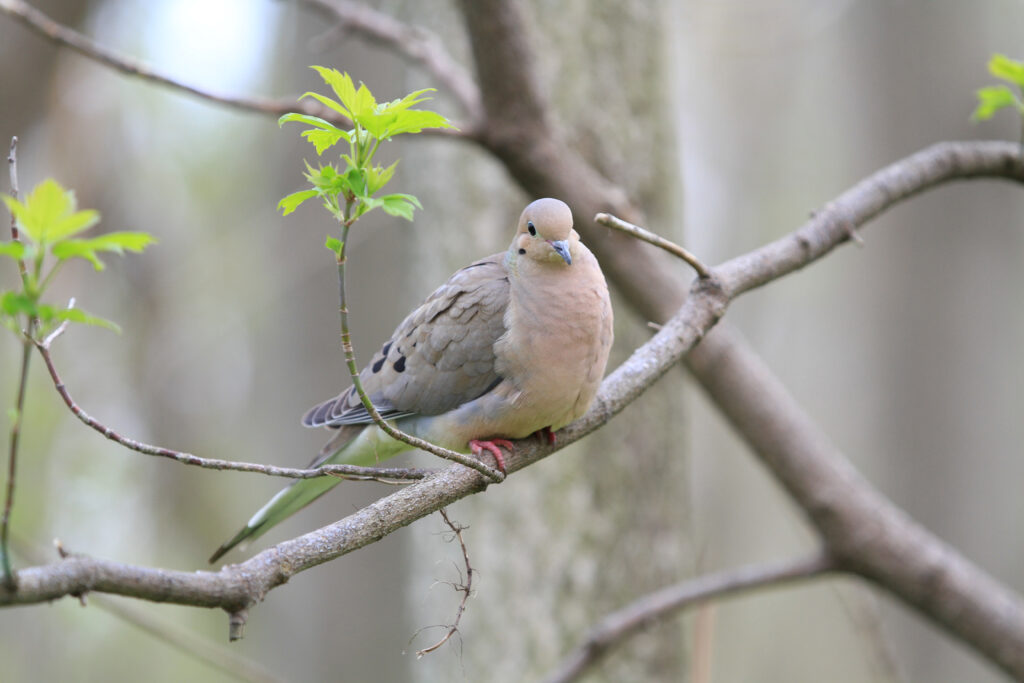
Mourning Doves (Zenaida macroura) have plump bodies silky grey backs and medium-length white-tipped tails.
From the center of the wing to near the tips there is a huge concentration of creamy tan or light brown hue with characteristic black dots.
They have a white and tan breasts and underbelly that lightens as it reaches the rump and a stronger concentration of tan hue on the face as well as short straight black bills.
A unique white eyeing will be present on the Mourning Dove completing the appearance and verifying your identity.
These birds range in size from 9.1 to 13.4 inches in length, with a wingspan of 17.7 inches on average.
These birds prefer wide spaces, so you’ll often encounter them in large parks or even walking down the street.
When it comes to people, they are not bashful and will gladly visit a well-stocked backyard feeder.
Mourning Doves don’t require much in the way of complexity.
They’ll be delighted and come back for more with a simple blend of White Proso millet and Black Oil Sunflower seeds.
Below are the characteristics of the Mourning Dove,
| Scientific Name | Zenaida macroura |
| Family Name | Columbidae |
| Length | 11 – 13 inches |
| Weight | 4 – 6 oz |
| Wingspan | 17 – 19 inches |
| Habitat | Open woodlands, farmland, suburban areas, and parks |
| Food | Seeds and grains |
Conclusion
In conclusion, Missouri is a birdwatcher’s paradise with its diverse array of bird species.
From the stunning colors of the eastern bluebird to the impressive wingspan of the turkey vulture, Missouri offers a unique opportunity to observe and appreciate the beauty of these magnificent creatures.
Whether you are an experienced birder or a beginner, Missouri’s natural beauty and birdlife provide a perfect opportunity to connect with nature and gain a deeper understanding of the world around us.
So, grab your binoculars and head out to experience the wonder of Missouri’s 14 common birds!
FAQ
What is the best time of year to go birdwatching in Missouri?
The best time for birdwatching in Missouri is during the spring and fall migration seasons, typically from April to May and September to November. However, birdwatching can be enjoyed year-round in Missouri, as different species are present at different times of the year.
What is the smallest bird in Missouri?
The ruby-throated hummingbird is the smallest bird in Missouri, measuring only about 3-4 inches in length. Despite their small size, these birds are known for their incredible speed and agility in flight.
How can I attract birds to my backyard in Missouri?
You can attract birds to your backyard in Missouri by providing bird feeders, nesting boxes, and bird baths. It’s also important to provide a variety of food sources, such as seeds, suet, and fruit, to attract different bird species. Avoid using pesticides and herbicides in your yard, as they can harm birds and other wildlife.
Last Updated on March 22, 2023 by Lily Aldrin
